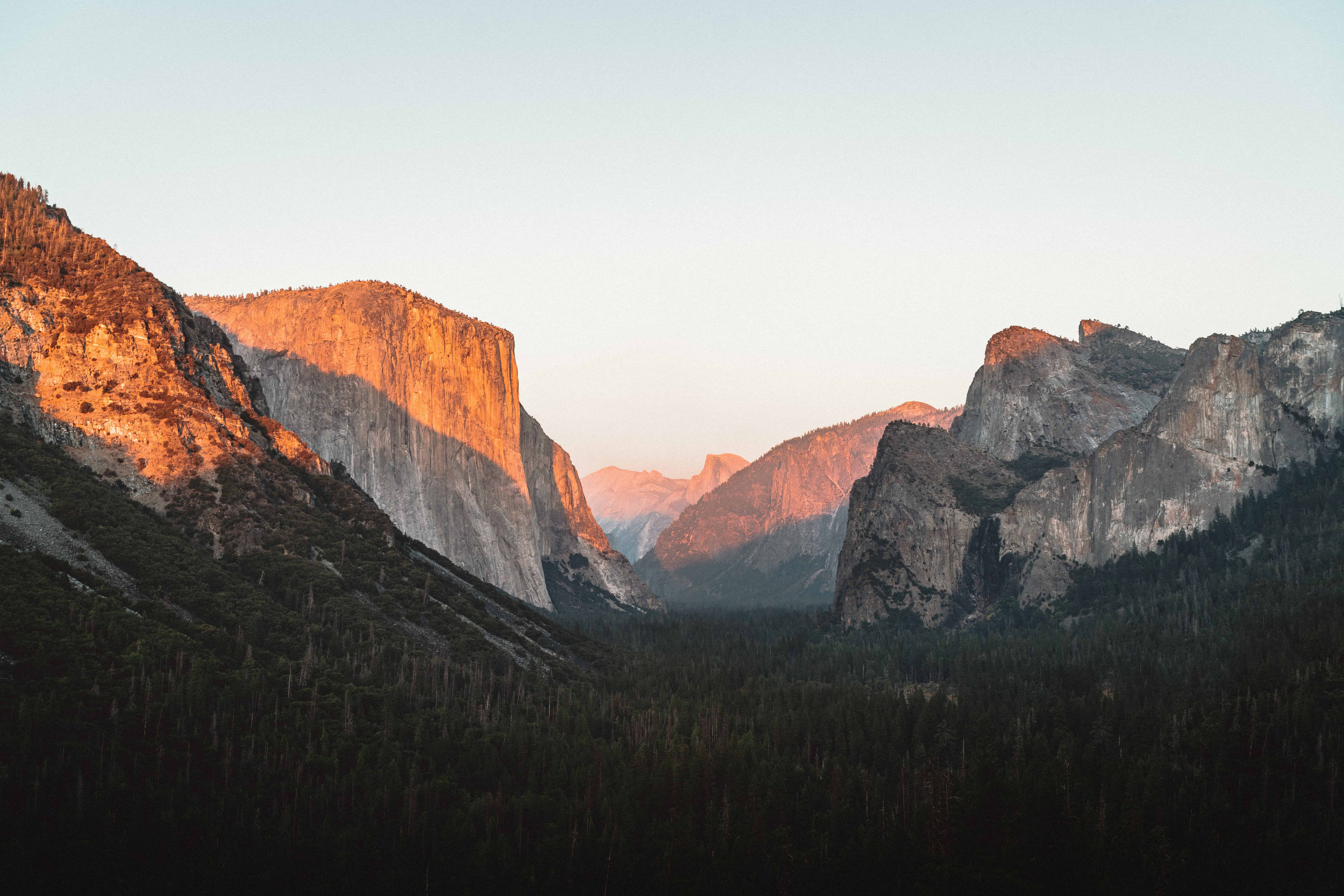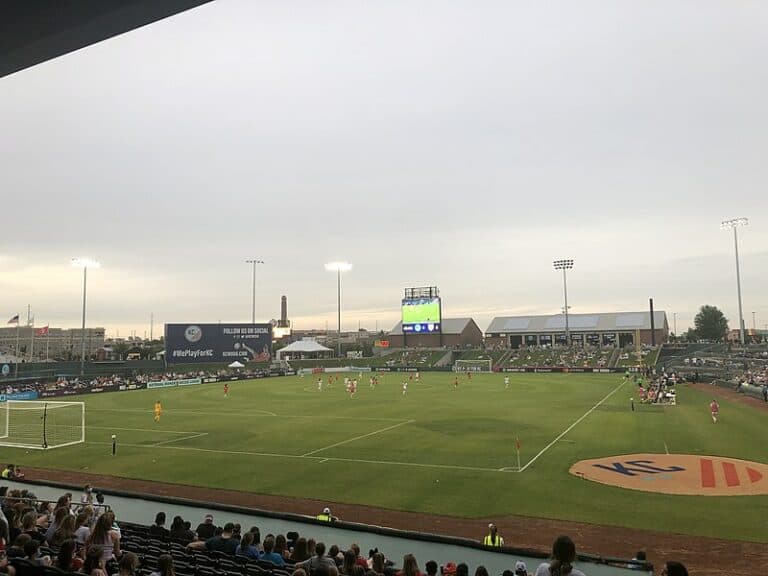Grace Bennett is a student at Harvard Law School and a member of the Labor and Employment Lab.
Visitation at the country’s national parks has increased steadily over the past decade. In the last year, however, visitation rates at many of the most popular parks have skyrocketed. Forty-four parks set visitation records in 2021. Yellowstone National Park — one of the country’s most popular — welcomed 800,000 more visitors in 2021 than 2019. Meanwhile, Zion National Park saw 550,000 more visitors in the same time period. As travelers flock to visit, however, the National Park Service is overwhelmed, underfunded, and dealing with numerous employment crises. Parks lack the workforces to comfortably run, and employees have complained for years about harassment, mistreatment, and unaffordable housing.
NPS Is Underfunded and Understaffed
Over the past decade, national parks have seen a 20% increase in visitation, but because of insufficient federal funding, NPS has lost 3,500 employees, or 16% of its staff capacity. While the budget has largely — if barely — been spared major slashes, Park Service advocates argue that a flat budget has not accounted for inflation, massive maintenance backlogs, and increased staffing needs. The budget at Acadia National Park, for example, went down 12–14% (adjusted for inflation) between 2010 and 2019, even as visitation grew by more than one million visitors. The lack of sufficient resources is wreaking havoc on busy parks, which find themselves unable to afford sufficient staff to meet with the onslaught of guests.
Hiring Regulations Have Hurt Seasonal Workers
Even as parks struggle with funding, recent regulatory changes have made hiring more difficult, and more burdensome on seasonal employees.
Every year, NPS relies heavily on thousands of seasonal workers who complete six-month contracts. Many workers who hope to land a permanent position at NPS recognize seasonal work as a prerequisite, especially to become a ranger. Seasonal contracts offer the opportunity to work in some of the most beautiful places in the country, but they also create instability and economic uncertainty for workers who are offered only temporary employment.
In the past, some of these concerns have been mitigated by seasonal workers being rehired automatically, and by their ability to work multiple seasonal contracts in different parks. This arrangement was possible because of NPS’s interpretation of an Office of Personnel Management rule stating that agencies can automatically rehire seasonal workers who worked fewer than 1,040 hours (or a six-month, full-time schedule) in the previous year.
Traditionally, NPS interpreted this rule to apply to hours worked in any one park. Thus, a seasonal worker might work six months in one park and six months in another, and be rehired every year. Following a 2018 audit by OPM, however, NPS changed their interpretation of the rule to allow automatic rehire status only if workers worked fewer than 1,040 hours in any park. As a result of this change, many seasonal workers who previously worked at multiple parks a year, often with the encouragement of NPS officials, lost their jobs. Moreover, seasonal workers now have to choose between working more than six months a year at NPS and having to constantly reapply for their positions, or else maintaining automatic rehire status but only working six months a year in a park. Both options are overly burdensome on a seasonal workforce that is already asked to shoulder considerable instability.
NPS Employees Have Complained of Hostile Conditions for Years
Even as NPS struggles to afford and hire more staff, employees have spent years raising the alarm about discrimination and abuse within the agency.
In 2016, following accusations of harassment by female workers at Grand Canyon National Park, more than sixty NPS employees contacted High Country News, an independent magazine reporting on the West, to tell their own stories of mistreatment and retaliation. The allegations were numerous and varied: employees told the magazine that they had been sexually assaulted by coworkers, that they were subject to inappropriate advances by supervisors, and that they were asked to narrow down intern candidates based on their physical appearances. Additionally, employees accused NPS of failing to provide a clear reporting system, of retaliating against victims, and of transferring perpetrators to different parks, rather than subjecting them to real consequences.
The allegations followed years of NPS employees reporting sexual harassment at work, and spoke to larger cultural issues at play in NPS — issues that have been further highlighted in subsequent years. In 2017, a survey found that 39% of the NPS workforce has experienced harassment or discrimination at work. Nearly 75% of employees who experienced harassment said they hadn’t reported it, and half of this group stated that a report wouldn’t make a difference.
Following this survey, NPS conducted a tour of employee “voices,” which resulted in a 2019 report “describing how women, LGBTQ+ and Black, Indigenous and people of color are treated in the workplace.” According to reporting from 2021, however, NPS “buried” the report rather than provide it to the public. The report, which eventually leaked, painted a picture of a “good old boy network” within NPS, and included allegations of “racism, sexism and discrimination against those with disabilities and LGBTQ+ employees.”
NPS has recognized an “issue with sexual harassment and hostile work environments,” and blamed the delay in releasing the report on the COVID-19 pandemic. The agency, which is overwhelmingly white and male, has repeatedly promised to do better, and to implement programs to improve the culture. Their failure to release the 2019 report, however, undermines their assurances that they take employee mistreatment seriously.
NPS Employees Cannot Find Affordable Housing Near the Parks
Making matters worse, as the areas surrounding national parks grow increasingly expensive, employees routinely struggle to find affordable housing. Teton County, for example, where Grand Teton National Park is located, is the wealthiest county in the country. In nearby Jackson Hole, the average single-family home is $4.2 million according to park officials. Rental prices near parks, meanwhile, are similarly skyrocketing, as markets move towards expensive weekly rentals aimed at tourists.
While NPS does provide many workers with housing, much of it is in ill repair. Moreover, NPS is unable to provide housing for all employees, and has a policy “to generally rely on the private sector to provide housing for NPS employees.” As a result, workers are often on their own to find reasonably priced housing in exceptionally expensive areas. For example, last summer, Acadia National Park could provide housing to only 80 of 150 seasonal workers. Finding housing is especially difficult for lower-level and seasonal NPS employees. A spokesperson for Yosemite National Park admitted as much, noting that lower-level employees’ salaries are “not conducive to the rents charged.”
Park officials report that candidates frequently turn down jobs due to housing costs, and that the impact is especially felt by seasonal workers. Superintendent Kevin Schneider, who runs Acadia, told a reporter that because of high housing costs and “because we can’t provide housing . . . we wind up having holes in our operations because we can’t get the people.” The Superintendent of Grand Teton echoed this, commenting that “employee housing is the limiting factor affecting park operations.”
Increased Funding Could Be a Start Towards Reform
Each these issues — while distinct in many ways — could be addressed in part through increased resources. More funding would allow for more staff, more robust interventions to prevent misconduct, and improved housing assistance. Money certainly cannot solve all of NPS’s problems, but it would go a long way in better preparing the agency to protect workers and to manage an increasingly busy park system.









Daily News & Commentary
Start your day with our roundup of the latest labor developments. See all
December 22
Worker-friendly legislation enacted in New York; UW Professor wins free speech case; Trucking company ordered to pay $23 million to Teamsters.
December 21
Argentine unions march against labor law reform; WNBA players vote to authorize a strike; and the NLRB prepares to clear its backlog.
December 19
Labor law professors file an amici curiae and the NLRB regains quorum.
December 18
New Jersey adopts disparate impact rules; Teamsters oppose railroad merger; court pauses more shutdown layoffs.
December 17
The TSA suspends a labor union representing 47,000 officers for a second time; the Trump administration seeks to recruit over 1,000 artificial intelligence experts to the federal workforce; and the New York Times reports on the tumultuous changes that U.S. labor relations has seen over the past year.
December 16
Second Circuit affirms dismissal of former collegiate athletes’ antitrust suit; UPS will invest $120 million in truck-unloading robots; Sharon Block argues there are reasons for optimism about labor’s future.